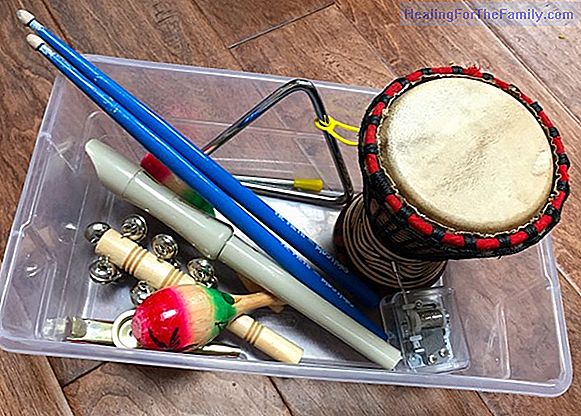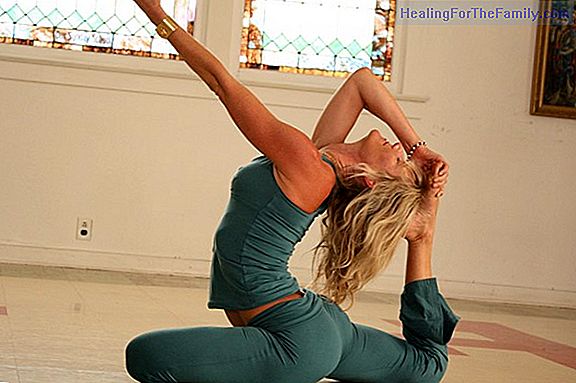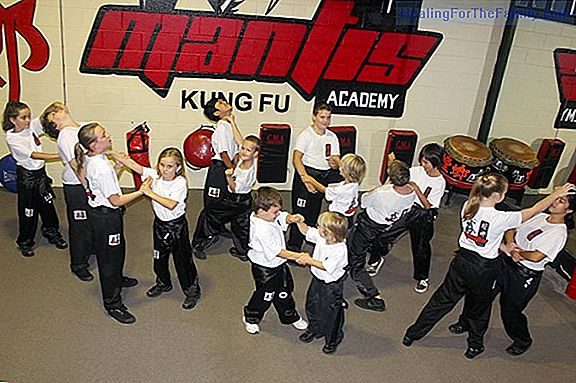Children with amblyopia or lazy eye
Amblyopia is commonly known as a lazy eye. It is an eye that does not get to see one hundred percent, that is, it does not get to distinguish certain objects with sharpness or see letters smaller letters. However, for optometry, the science that studies the behavior of the eye, is an eye with learni
Amblyopia is commonly known as a lazy eye. It is an eye that does not get to see one hundred percent, that is, it does not get to distinguish certain objects with sharpness or see letters smaller letters.
However, for optometry, the science that studies the behavior of the eye, is an eye with learning problems, since it has difficulties not only to see clearly but also has difficulties to focus, move the eyes correctly and work together with the other eye.
What does it mean if the child has a lazy eye?
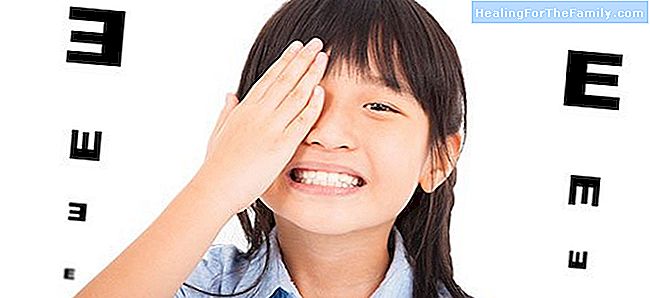
It is important to know that the widepipe can only be in one eye or in both. In this case, neither of the two eyes can see 100%. However, the most common is that it occurs in only one eye.
But, how to know if the child has a lazy eye? If amblyopia occurs in both eyes, children may not know what it is to see well, so they may have great difficulty in verbalizing that something is happening to them, so it often goes unnoticed. In the case that it only occurs in one eye, the child has the good eye to see correctly, so it does not usually complain or express that it does not see correctly and, again, it goes unnoticed.
In this way, until a medical examination is performed, the experts do not realize that there is a vision problem. In these cases, the widepía usually has advanced, and the visual acuity has been lost.
Symptoms of the wide view in children
Although the child does not know how to express a vision problem, some symptoms can put us on the track: notice that he has difficulty seeing letters at a distance, winks with his eyes, are more clumsy children normal because they have difficulty moving around and do not coordinate as well as other classmates.
The experts tell us about the lazy eye
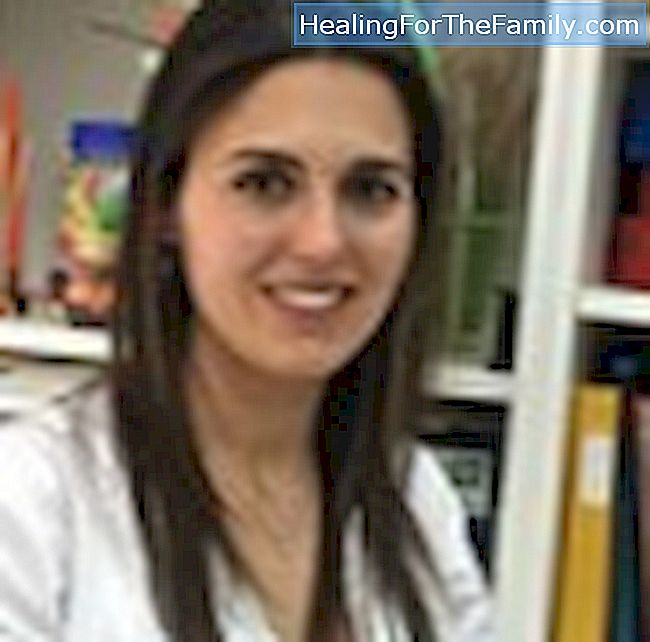
With the collaboration of
María Valencia Sandonís
Optician and optometrist
ISAVI, Institute of Visual Health


